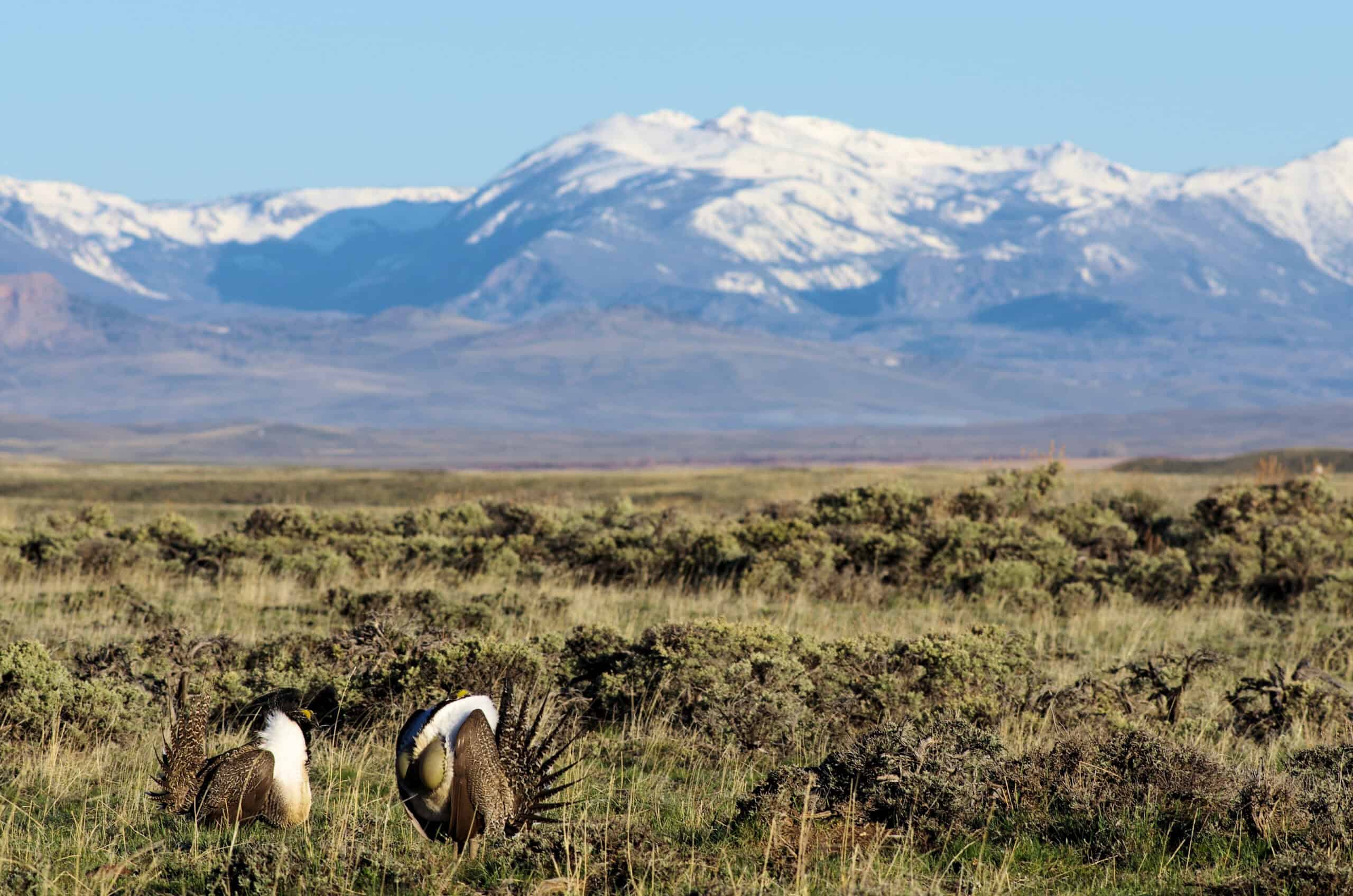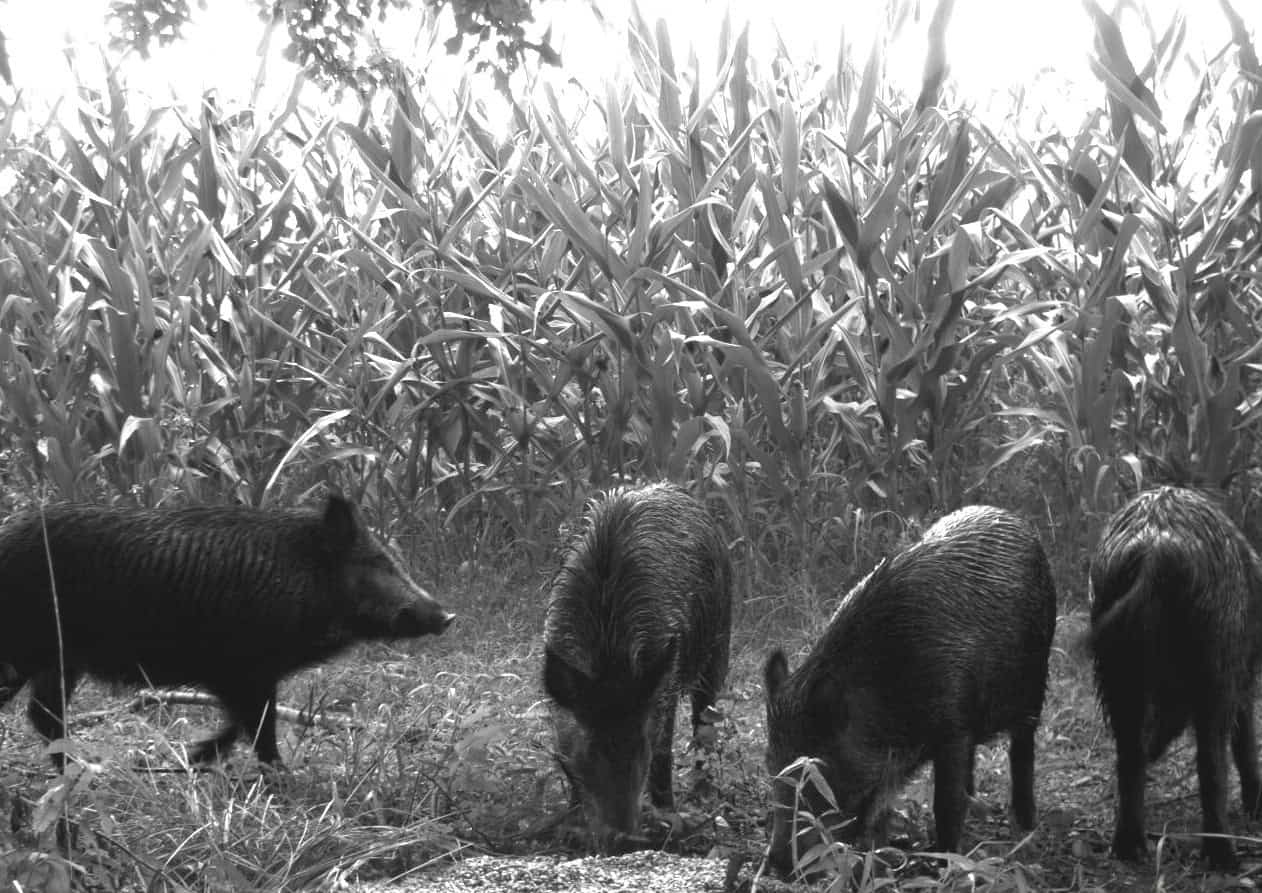Share this article
Wildlife Featured in this article
- Greater sage-grouse
TWS submits comments to BLM on sage-grouse planning
The comments were developed with chapters, sections and working groups to highlight critical management issues facing this iconic species
The Wildlife Society recently submitted comments to the Bureau of Land Management on its range-wide planning efforts for greater-sage grouse on BLM lands.
TWS staff worked with chapters and sections within the planning area and several TWS working groups to develop comments that highlight the best available science in managing the species and the sagebrush ecosystem it occupies. The comments emphasize the urgent need to reverse greater sage-grouse (Centrocercus urophasianus) declines and halt the loss of sagebrush across the American West.
The BLM is proposing a minimum standard of no net habitat loss to mitigate disturbances in sagebrush habitats. TWS’ comments emphasize that this standard will fail to prevent further loss of habitat when an estimated 1.3 million acres of sagebrush are being lost annually to threats including wildfire, invasive species and climate change. Instead, TWS proposed a net-gain mitigation standard across the planning area and offered expertise on current sagebrush restoration techniques to support the implementation of this standard.
TWS’ comments also draw from existing position and issue statements to highlight critical issues affecting sagebrush and sage-grouse. Our Issue Statement on Feral Horses and Burros in North America provided the basis for recommendations to prioritize herd reductions and implement drought management planning in sage-grouse habitat. Sage-grouse populations within horse-occupied areas may decline more than 70% in the next 10 years if the number of horses and burros continues to grow at current rates. Likewise, we leveraged TWS’ position satement on Energy Development and Wildlife and our issue statement on Oil and Gas Development in the Rocky Mountain West to inform recommendations on disturbance caps and energy development siting on public lands.
Members of TWS chapters, sections, and working groups developed additional recommendations to the BLM based on their expertise as wildlife professionals. These included livestock grazing practices in sagebrush habitat based on best available science, prioritization of wildfire initial attack to minimize acres of sagebrush lost to wildfires, targeted predator control and minimization measures across the planning area and use of climate adaptation tools during plan implementation.
The comments conclude with a call for rapid action to conserve greater sage-grouse and the broader sagebrush ecosystem. They were co-signed by TWS’ Montana, Nevada and South Dakota chapters and submitted with the support of the Rangeland Wildlife, Habitat Restoration and Climate Change and Wildlife working groups.
TWS has aggregated a collection of recent publications on greater sage-grouse in a virtual issue of the Wildlife Society Bulletin to support engagement with the BLM’s planning efforts. Members interested in using their expertise to support science-based policy are encouraged to participate in TWS’ Conservation Affairs Network.
Header Image: Two male greater sage-grouse. Credit: Stephen Torbit, USFWS








